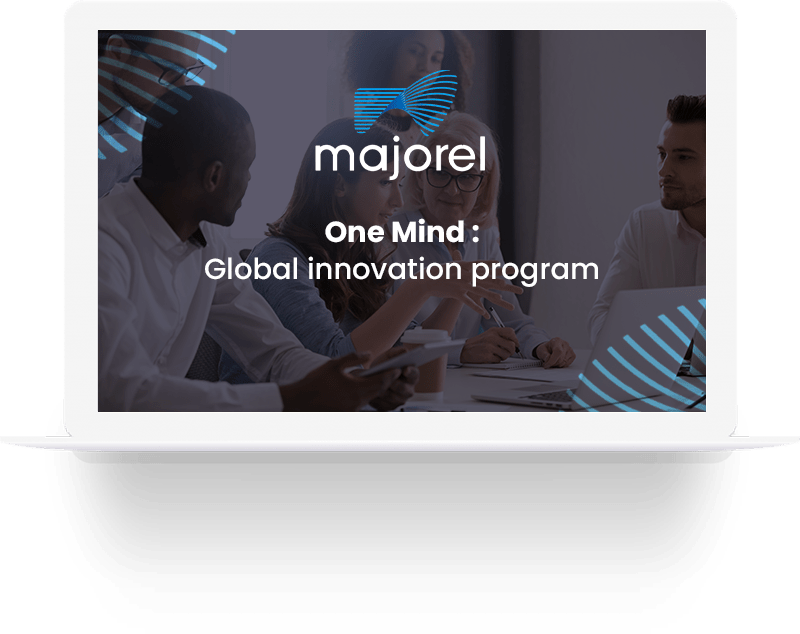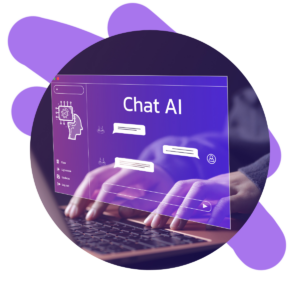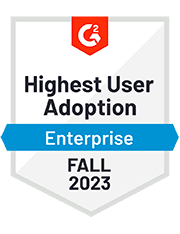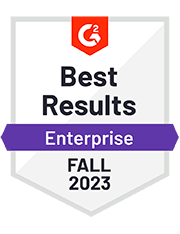Crowdsourcing is something you have probably been a part of, whether you’re aware of it or not. After all, who hasn’t filled out an online survey, added content on Wikipedia, shared a review on Google, or posted an idea in the company group chat?
While these are relatively simple examples of crowdsourcing, many of today’s organizations use crowdsourcing to achieve serious innovation and HR objectives.
What is crowdsourcing?
The term crowdsourcing comes from outsourcing. That is, calling on resources outside an organization. In the case of crowdsourcing, those leading it are asking ‘the crowd’ for input, ideas, or support. Nowadays, organizations that want to stay competitive, understand their customers, and even predict market trends, are those that not only rely on internal R&D departments and traditional innovation methods. Instead, they add open innovation in the mix and use crowdsourcing as a tool to leverage internal and external communities.
Crowdsourcing means considering that good ideas come from anywhere. Communities such as startups, students, customers, employees, and the general public can contribute to the company’s growth by proposing new ideas.
Let’s dive a little deeper into the reasons why successful companies use crowdsourcing.
Why do companies use crowdsourcing?
Companies that rely on crowdsourcing often have two major interests. The obvious one being they want to innovate. Yet, there’s also the sometimes more hidden motivation. Many companies crowdsource to develop the commitment and engagement of employees.
Crowdsourcing for innovation
Pepsico, Nomura, Majorel, L’Oréal, and RATP are a couple of a large number of companies across sectors that use crowdsourcing to innovate. Whether they are addressing startups like L’Oréal or students like Huawei Cloud, they all have the deep conviction that opening up is a must when it comes to innovation. Gone are the days when a company’s R&D team had to carry the heavy load of innovation on their shoulders by themselves.
Using this method, our clients have reimagined the ‘city of tomorrow’, invented new healthy drinks, or found a scientific formula to save lives. Those topics have become everyone’s business, and the most alert companies understand this.
Crowdsourcing to engage employees
Open innovation is not just about addressing communities outside the company. It can (and should) be done internally as well, by sourcing ideas from employees. If you are interested in learning more about this topic, we invite you to read our article on the reasons to implement an idea box in your company.
At a time when the Great Resignation is at the top of any business leader’s mind, involving employees in the company’s strategy is not a nice-to-have but a must-have. The youngest of your staff are likely to leave you sooner than expected. Strengthening the bond between employees and a company can prevent this from happening. And this is where crowdsourcing can serve as a valuable tool. These are some of the ways in which crowdsourcing helps engage employees:
- De-silo the organization and start leveraging underutilized skills that are available internally
- Develop a sense of belonging to the company by making employees players in a global project
- Appeal to employees’ creativity, which motivates the quest for meaning
- Deconstruct the traditional, hierarchical structure considered archaic by many
We could continue listing the benefits of crowdsourcing ideas from employees to increase their engagement but you get the idea. Decathlon certainly did. One of their employees developed the Easybreath mask – a genius idea as it is useful for snorkeling and in hospitals during the Covid crisis.
How does a crowdsourcing platform work?
Successfully leveraging crowdsourcing in your organization requires a thorough understanding of its benefits. Then, you’re empowered to advocate for its use internally. Yet, with just that you won’t be able to go from concept to execution. A crowdsourcing system is a necessity if you want to do it right.
One of the most essential steps is engaging employees or other communities to actually participate. Here are some of the features you need to do so:
- A responsive and engaging interface that is accessible on all types of devices (computer, tablet, smartphone)
- A simple and secure registration process, ideally with Single Sign On for platforms made available to internal audiences
- A method for creating teams, preferably by affinity or complementarity
- Chat, video conference, and webinar features to encourage interaction
- An intuitive and easy-to-use idea-sharing environment
- The option to receive and submit files in all types of formats (forms, PowerPoint presentations, videos, etc.)
- Scoring and investment features to collectively assess and rank submitted ideas through virtual cash or grades
- The possibility to initiate as many operations as you need during the year

Case study: Majorel Global innovation program
Discover how Majorel ensures the involvement of all its employees in the ideation and continuous improvement process thanks to the Agorize platform.
How to unite your employees with a crowdsourcing platform?
The general added value of crowdsourcing platforms has been known to many for a long time. Yet, how it encourages collaboration and collective effort within your organization might not be known by everyone. Let’s dive into some best practices to unite employees through a crowdsourcing platform.
1. Spread the word
Communicating about an internal crowdsourcing initiative can be as simple as sending emails or putting up posters in the office hallways. But ideally, this encouragement should also come from the top management, via video communications or by organizing an event dedicated to the launch of the initiative internally. But, balance is key. A few well-thought-out messages are fine, but communicating too much can create fatigue and decrease participation.
2. Encourage participation
Your employees may react favorably to a prize or a material reward, so paying them for their participation is far from a bad idea. The general rule of thumb in crowdsourcing is that if the company makes money from the ideas and projects developed by employees, the company should pass this gain on to the employees who initiated the project.
Of course, the compensation also depends on the “natural” commitment of your employees within the company. In many organizations that already listen to their employees, the possibility for them to express themselves is often sufficient motivation to participate.
3. Involve your employees in the selection of ideas
Decisions take a long time with an overwhelming number of submitted ideas and only one person in charge of sorting them. Therefore, don’t hesitate to call on the entire community of collaborators to give feedback on the submitted deliverables, which can be useful in determining the final ranking.
4. Encourage collaboration and knowledge sharing
Rather than asking employees to just submit a well-thought-out idea, allow them to share their knowledge or, in general, anything they think would be useful to share around the proposed themes of your project. Sometimes sharing knowledge leads to new ideas that no one expected. Sharing is one of the keys to innovation.
5. Know when to use external crowdsourcing
While internal crowdsourcing can be effective, companies can also turn to external crowdsourcing to further expand their base of innovative ideas and projects.
Successful crowdsourcing ideas from employees with the Agorize ideation platform
Agorize recently helped a major French retailer with its customer-centric transformation process. The company’s management wanted to involve all employees. After all, they are the ones in contact with customers on a daily basis. To gather their ideas, the system had to be adapted to the populations of the head office and the stores (which are non-sedentary and with little IT equipment) in order to maximize their contribution. Agorize deployed its idea box solution.
Then, to simplify their user experience, participants could connect to the platform through a unique identifier (SSO) via smartphones or QR codes. For several weeks, ideas were submitted in one click, centralized, and then high-potential ideas were selected through a collective voting session.
The winning ideas were presented to the company’s management. Currently, three projects are in the process of being deployed. Such as a climbing wall installed in the stores to reinvent the shopping experience and encourage recurrence.
We offer everyone a free trial to try out our IDEA BOX idea management solution for themselves.
Open innovation is not just about addressing communities outside the company. It can (and should) be done internally as well, by sourcing ideas from employees. At a time when the Great Resignation is at the top of any business leader’s mind, involving employees in the company’s strategy is not a nice-to-have but a must-have. The youngest of your staff are likely to leave you sooner than expected. Strengthening the bond between employees and a company can prevent this from happening. And this is where crowdsourcing can serve as a valuable tool.
The general added value of crowdsourcing platforms has been known to many for a long time. Yet, how it encourages collaboration and collective effort within your organization might not be known by everyone. Let’s dive into some best practices to unite employees through a crowdsourcing platform.
1. Spread the word
2. Encourage participation
3. Involve your employees in the selection of ideas
4. Encourage collaboration and knowledge sharing
5. Know when to use external crowdsourcing










